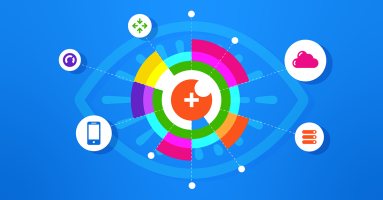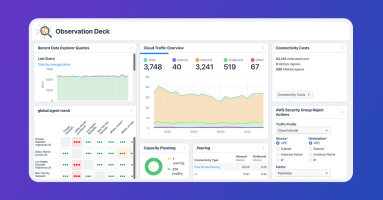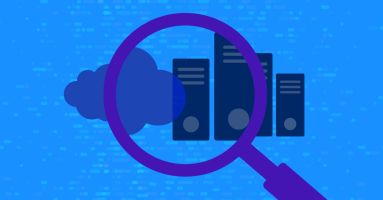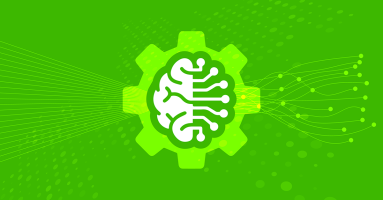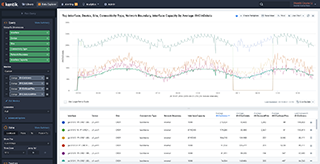Kentik Blog: Streaming Telemetry
























Kentik Data Explorer is a powerful tool designed for engineers managing complex environments. It provides comprehensive visibility across various cloud platforms by ingesting and enriching telemetry data from sources like AWS, Google Cloud, and Azure, and with the ability to explore data through granular filters and dimensions, engineers can quickly analyze cloud performance, detect security threats, and control costs in real-time exploration and historically.
Streaming telemetry is the future of network monitoring. Kentik NMS is a modern network observability solution that supports streaming telemetry as a primary monitoring mechanism, but it also works for engineers running SNMP on legacy devices they just can’t get rid of. This hybrid approach is necessary for network engineers managing networks in the real world, and it makes it easy to migrate from SNMP to a modern monitoring strategy built on streaming telemetry.
Kentik NMS has launched and is setting sail in familiar waters. Monitoring with SNMP and streaming telemetry is only the first leg of the journey. In short order, we’ll unfurl additional options, increasing NMS’s velocity and maneuverability.
Is SNMP on life support, or is it as relevant today as ever? The answer is more complicated than a simple yes or no. SNMP is reliable, customizable, and very widely supported. However, SNMP has some serious limitations, especially for modern network monitoring — limitations that streaming telemetry solves. In this post, learn about the advantages and drawbacks of SNMP and streaming telemetry and why they should both be a part of a network visibility strategy.
Streaming telemetry holds the promise of radically improving the reliability and performance of today’s complex network infrastructures, but it does come with caveats. In the first of a new series, Kentik CEO Avi Freedman covers streaming telemetry’s history and original development.
In this post, learn about what a UDR is, how it benefits machine learning, and what it has to do with networking. Analyzing multiple databases using multiple tools on multiple screens is error-prone, slow, and tedious at best. Yet, that’s exactly how many network operators perform analytics on the telemetry they collect from switches, routers, firewalls, and so on. A unified data repository unifies all of that data in a single database that can be organized, secured, queried, and analyzed better than when working with disparate tools.
Network telemetry and DataOps play a critical role in enhancing network visibility. By combining both, organizations can improve network visibility and gain insight to help them optimize their network performance, improve security, and enhance the overall user experience.
When coupled with a network observability platform, device telemetry provides network engineers and operators critical insight into cost, performance, reliability, and security. Learn how to create actionable results with device telemetry in our new article.
Traffic telemetry is the foundation of network observability. Learn from Phil Gervasi on how to gather, analyze, and understand the data that is key to your organization’s success.
Collecting and enriching network telemetry data with DevOps observability data is key to ensuring organizational success. Read on to learn how to identify the right KPIs, collect vital data, and achieve critical goals.
Machine learning has taken the networking industry by storm, but is it just hype, or is it a valuable tool for engineers trying to solve real world problems? The reality of machine learning is that it’s simply another tool in a network engineer’s toolbox, and like any other tool, we use it when it makes sense, and we don’t use it when it doesn’t.
In order to answer any question, network observability requires a broad range of telemetry data. It takes a capable platform to make the data useful. In this 4th part in the network observability series, Avi Freedman describes requirements for the data telemetry platform.
In part 3 of the network observability series, Kentik CEO Avi Freedman discusses the different categories telemetry data. Avi shows how a complete network observability solution can answer an exponentially broader range of questions.
Kentik explains the advantage that streaming telemetry (also known as streaming network telemetry) brings to network analytics and our approach to leveraging streaming telemetry for maximum value.







